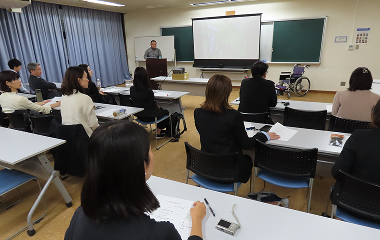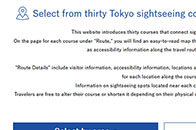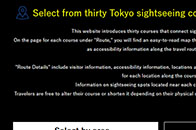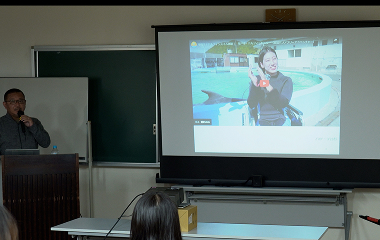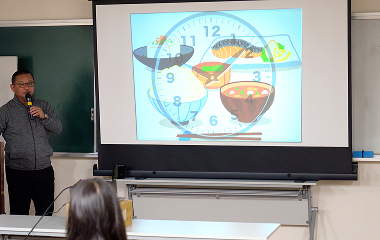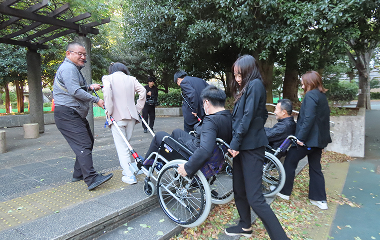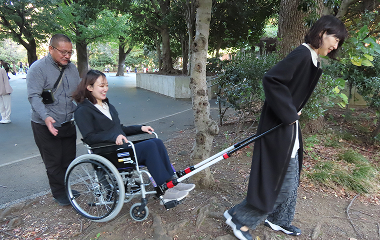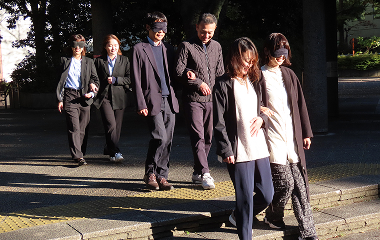We held a Trekking Management Experience Workshop for travel agents and other businesses in Tokyo, where they learned about the know-how of providing nature-based tourism programs for people with disabilities.
We welcomed Mr. Tomohiro Fuchiyama, Universal Tourism Advisor for the Planning Network and representative of Office Fuchi, to give a lecture and conduct a hands-on experience (simulation experience of providing wheelchair assistance and guiding for the visually impaired).
Mr.Fuchiyama worked for a major travel company for 30 years. For 22 of these 30 years, he focused on barrier-free travel and universal tourism. Drawing on his sum total of three decades of experience, he now works to support universal tourism in municipalities, companies, schools, and more around the country. He is registered with the Tokyo Metropolitan as a tourism sector advisor at the Tourism Sector One-Step Support Center.
He lectured about his recommendations for nature-based experiences and accessible tourism, the goal being to answer to the needs of people with disabilities who may have trouble moving from place to place and/or with communication—that is “Tourism for Everyone.” He gave examples of initiatives where he has provided support: a nature-based tour in Kochi Prefecture and a mountain resort project in Nagano Prefecture.
